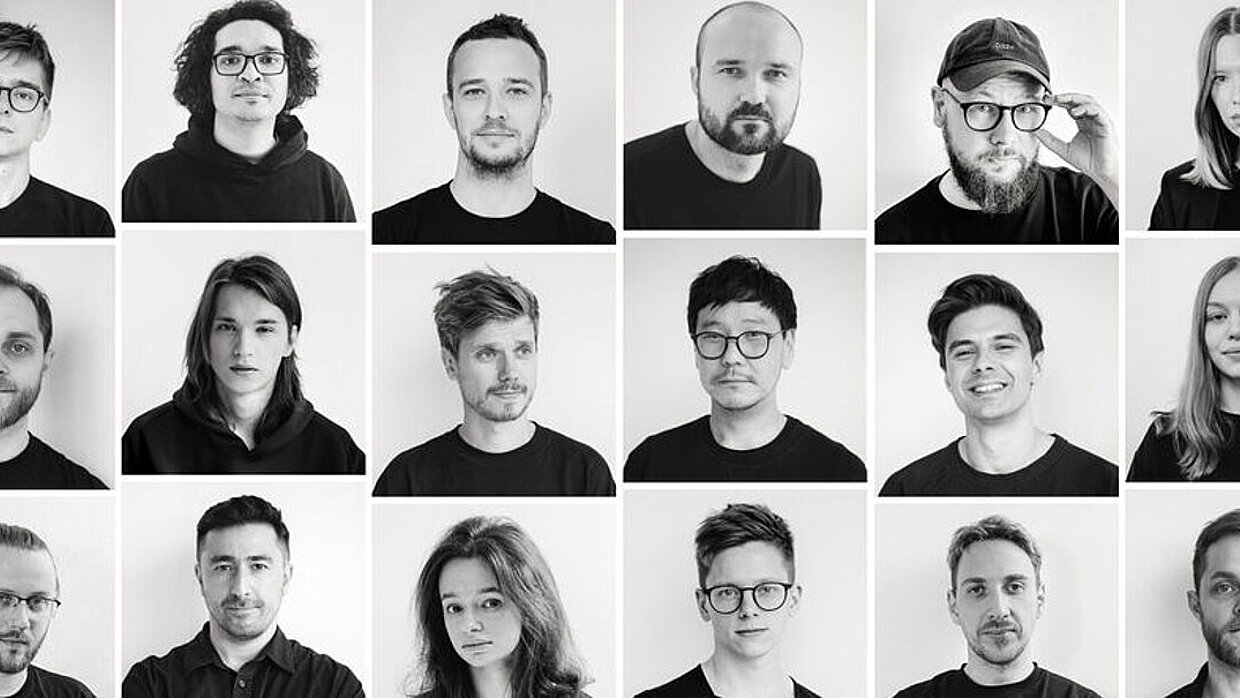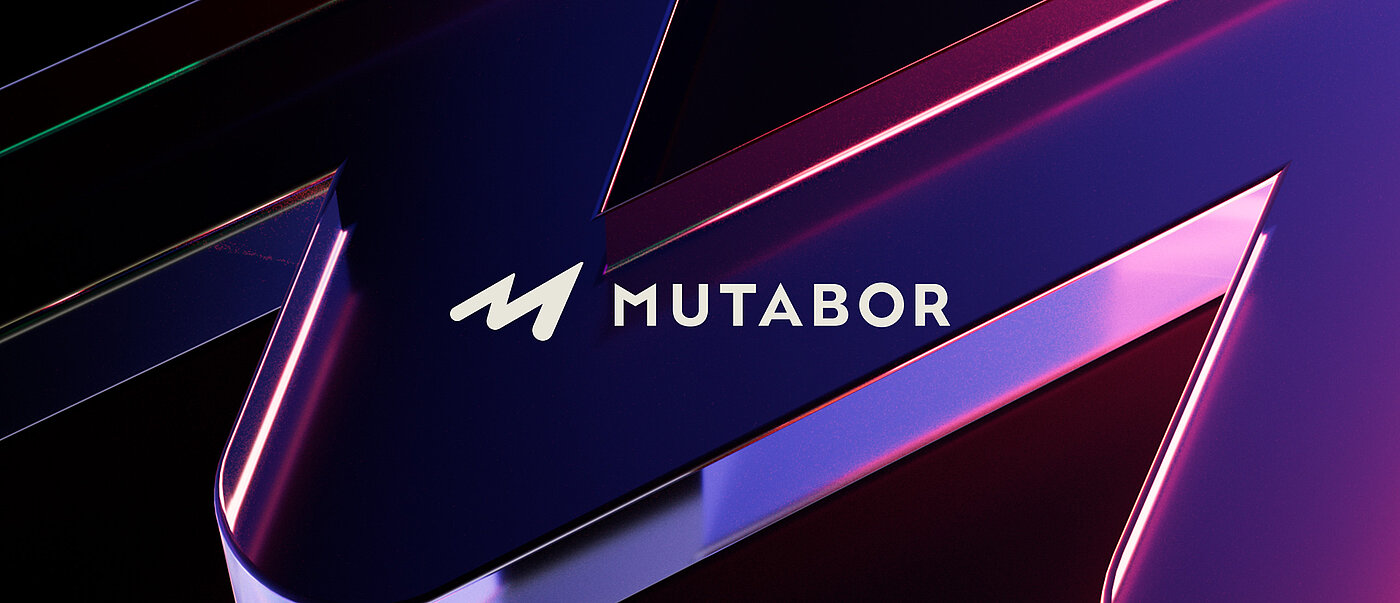
MUTABOR is one of Germany’s largest independent 360-degree design agencies and brand consultancies. The name is the Latin word for “the desire to change”. This desire has always been the driving force behind this design studio, which was established in 1998 and has offices in Hamburg, Munich and Los Angeles. MUTABOR advises brands, companies and organisations – from startups to international corporations – and makes desired changes tangible for key audiences at every level and touchpoint.
Interview with MUTABOR
Red Dot: How do you train AI to generate brand-compliant content?
MUTABOR: First, we make sure the brand has a distinctive visual style. Second, we verify that we have the rights to use the images for AI training. Third, we train the AI on those assets to consistently reproduce that style. In general, 30 to 50 great references give better results than feeding the machine thousands of images. We are able to train consistent styles, people and/or objects.
Can you talk a bit about the user interface and the user experience you are aiming for?
Simplicity is the magic of our tool, because users don’t need sophisticated programming skills to get great results. All users have to do is describe what they want, like searching for images in a stock archive. The tool automatically enhances the user’s suggestion and adds the style that matches their brand.
Will generative AI soon be a given in branding?
Brands need a distinctive visual style to distinguish themselves. But assets typically cover only 20 per cent of a brand’s day-to-day visual needs, such as key visuals for its global campaign or flagship projects. The other 80 per cent is for day-to-day business content, such as websites, social media posts, presentations, and so on. This is where brand consistency is often weakened, and AI is the logical solution to address this.
A lot of people fear generative AI for its potential to replace jobs. How do you counter when faced with those fears?
With the right strategy, the creative industry can benefit from AI. We recommend that brands continue to develop their branding, visual styles and key visuals with artists and real photo shoots – and use AI to scale this across 100 per cent of their touchpoints.

